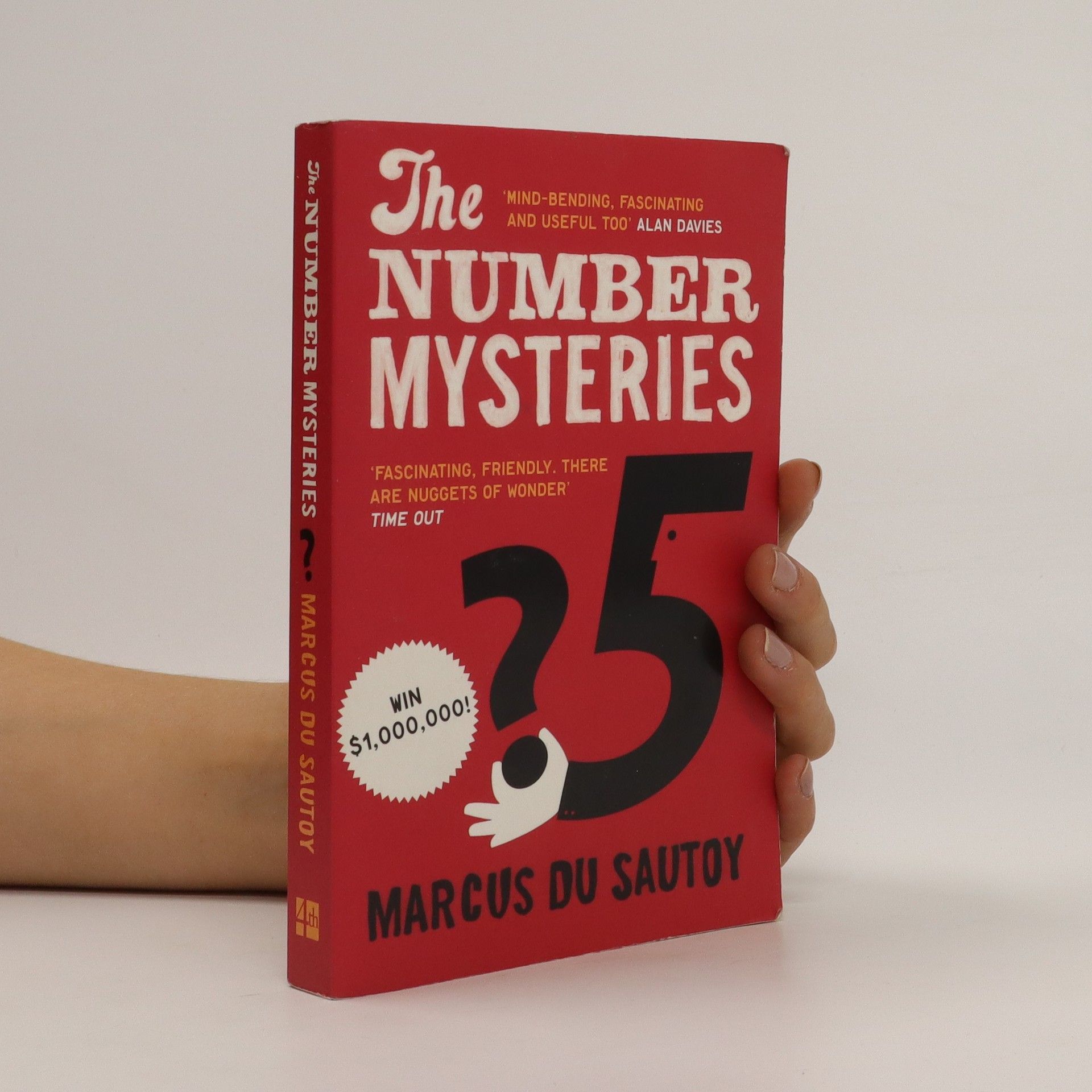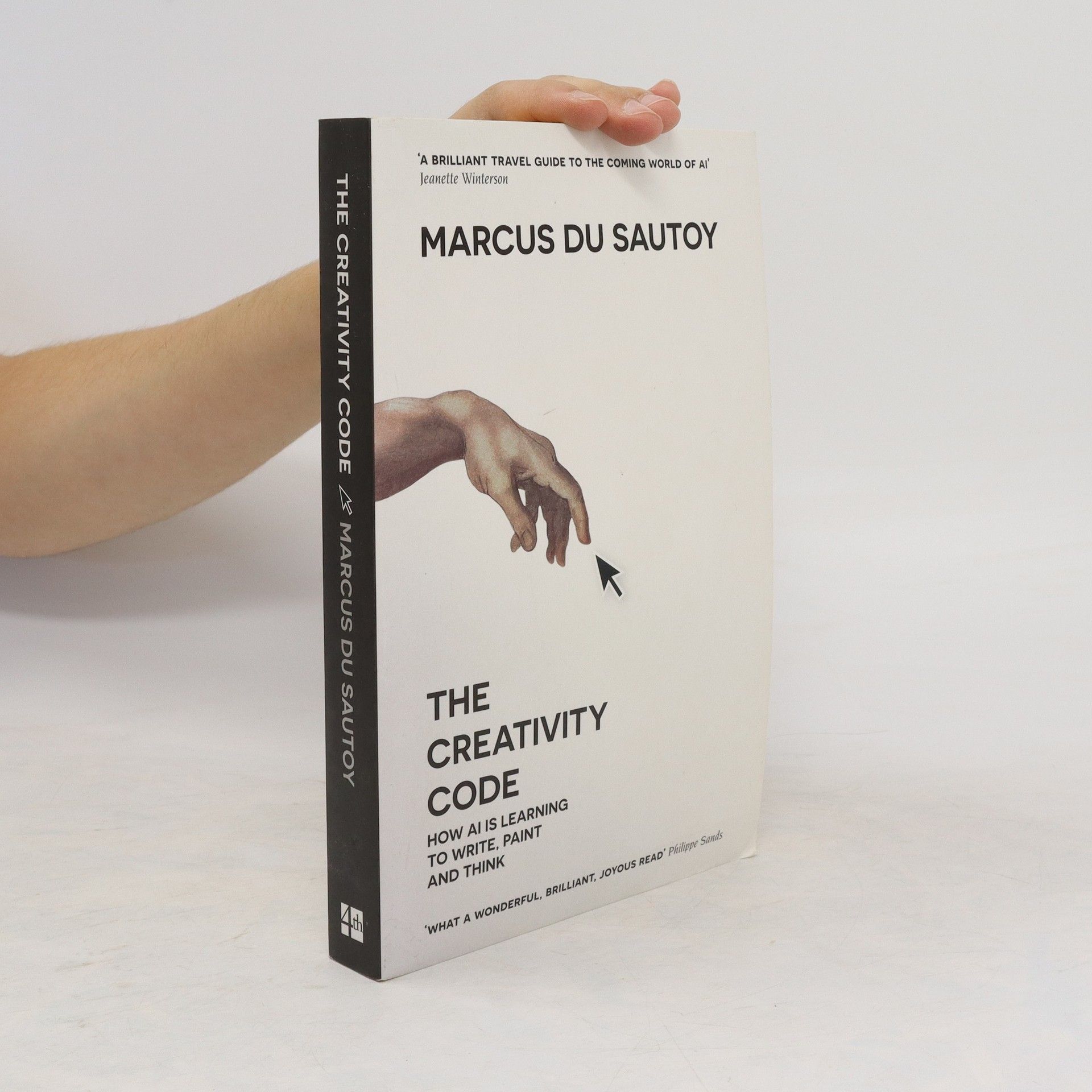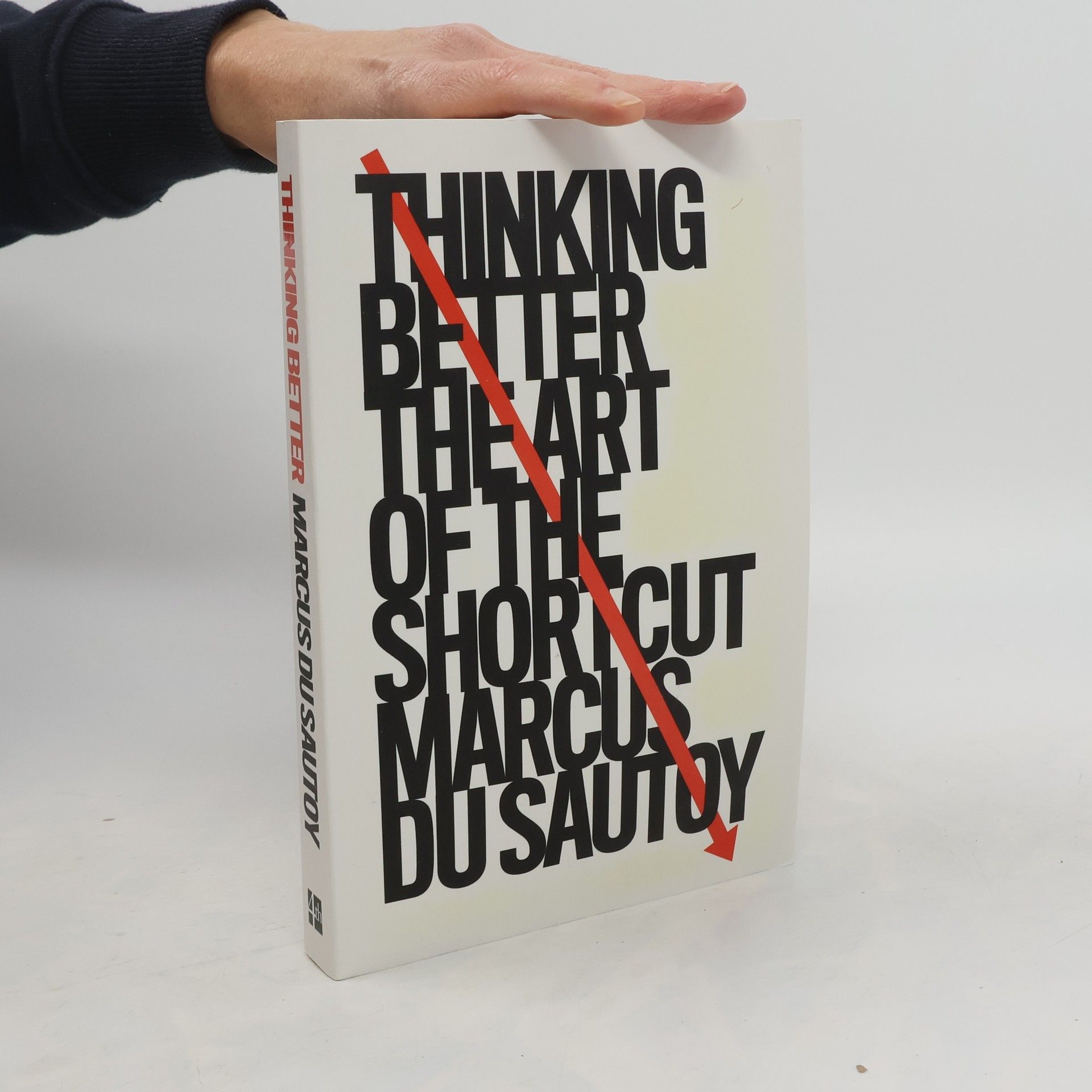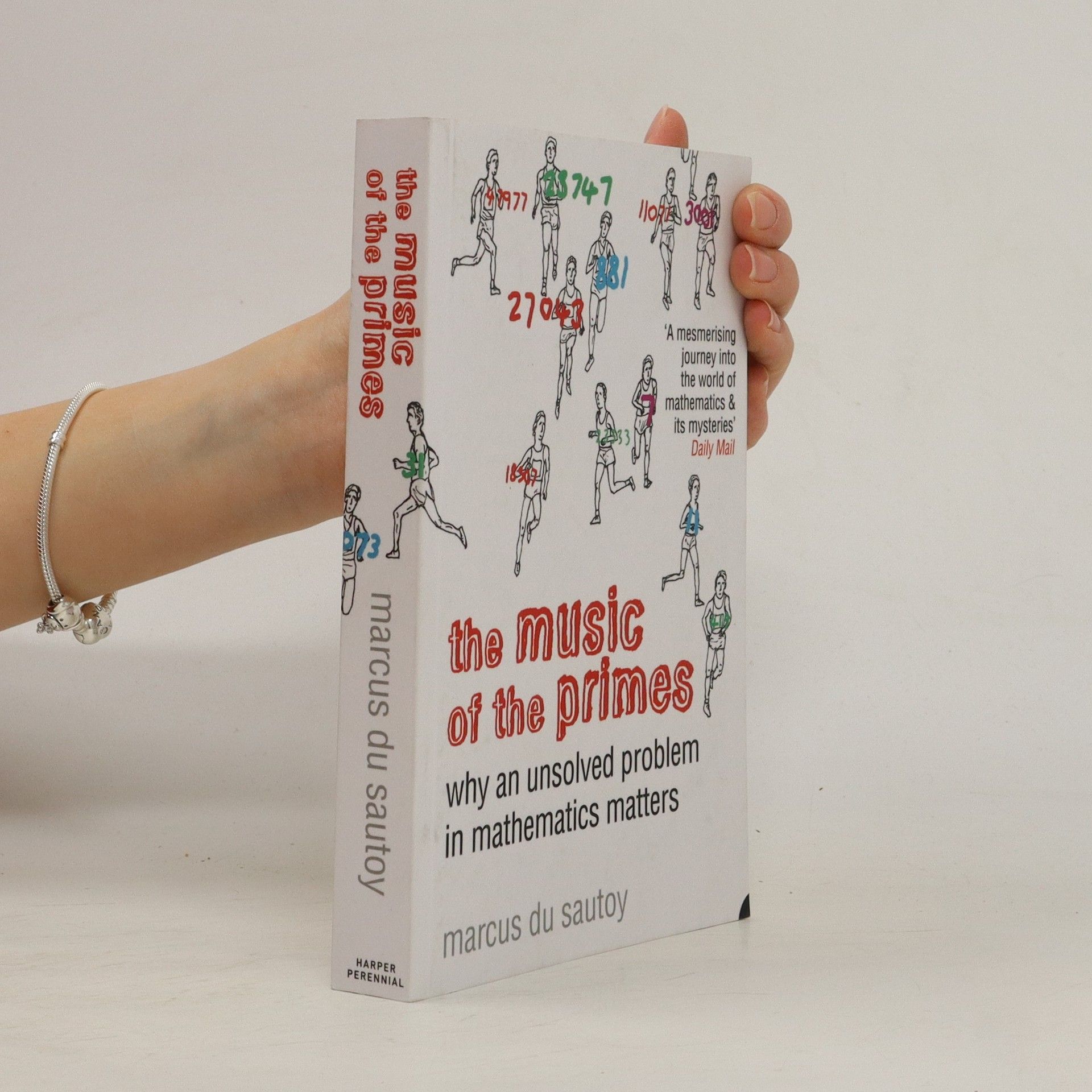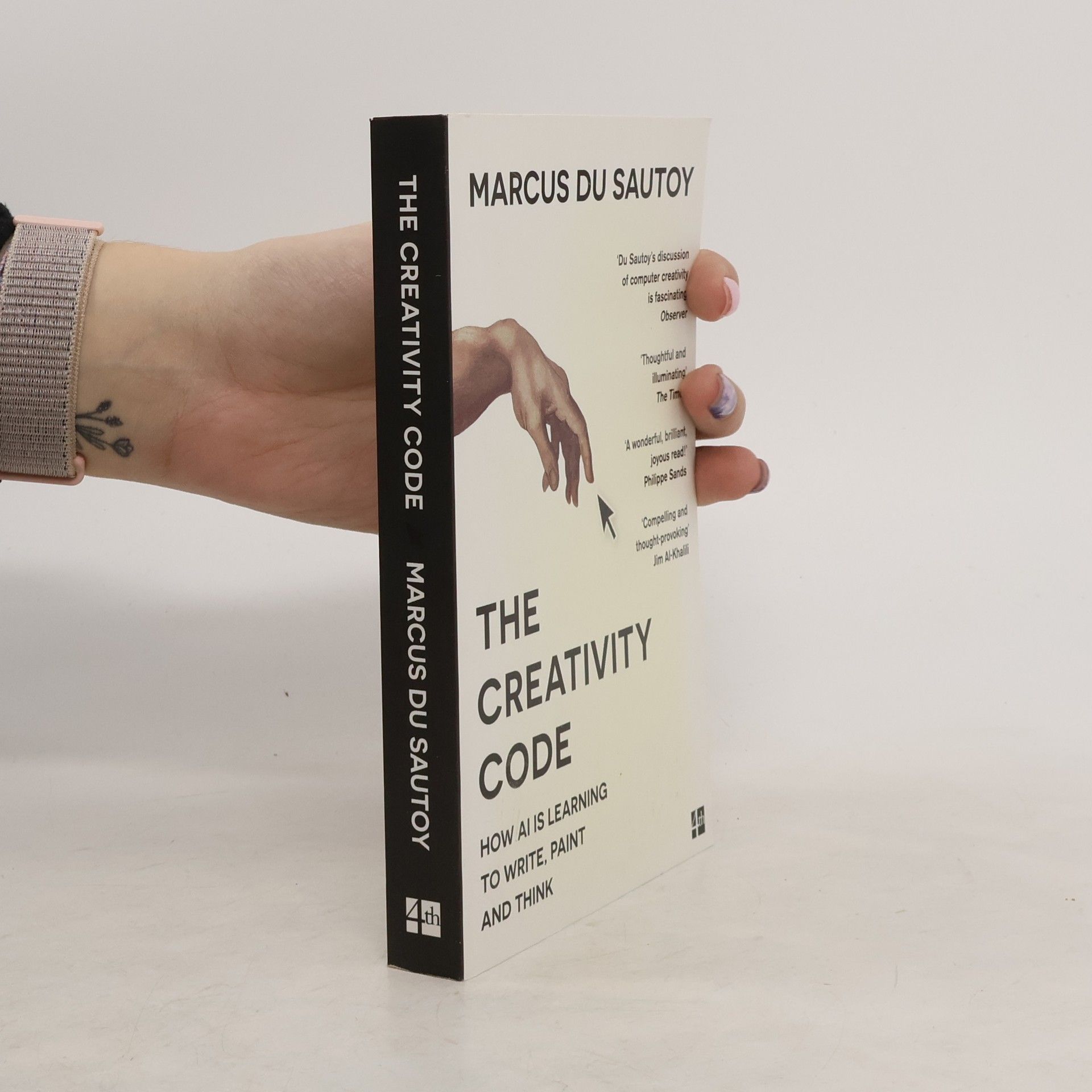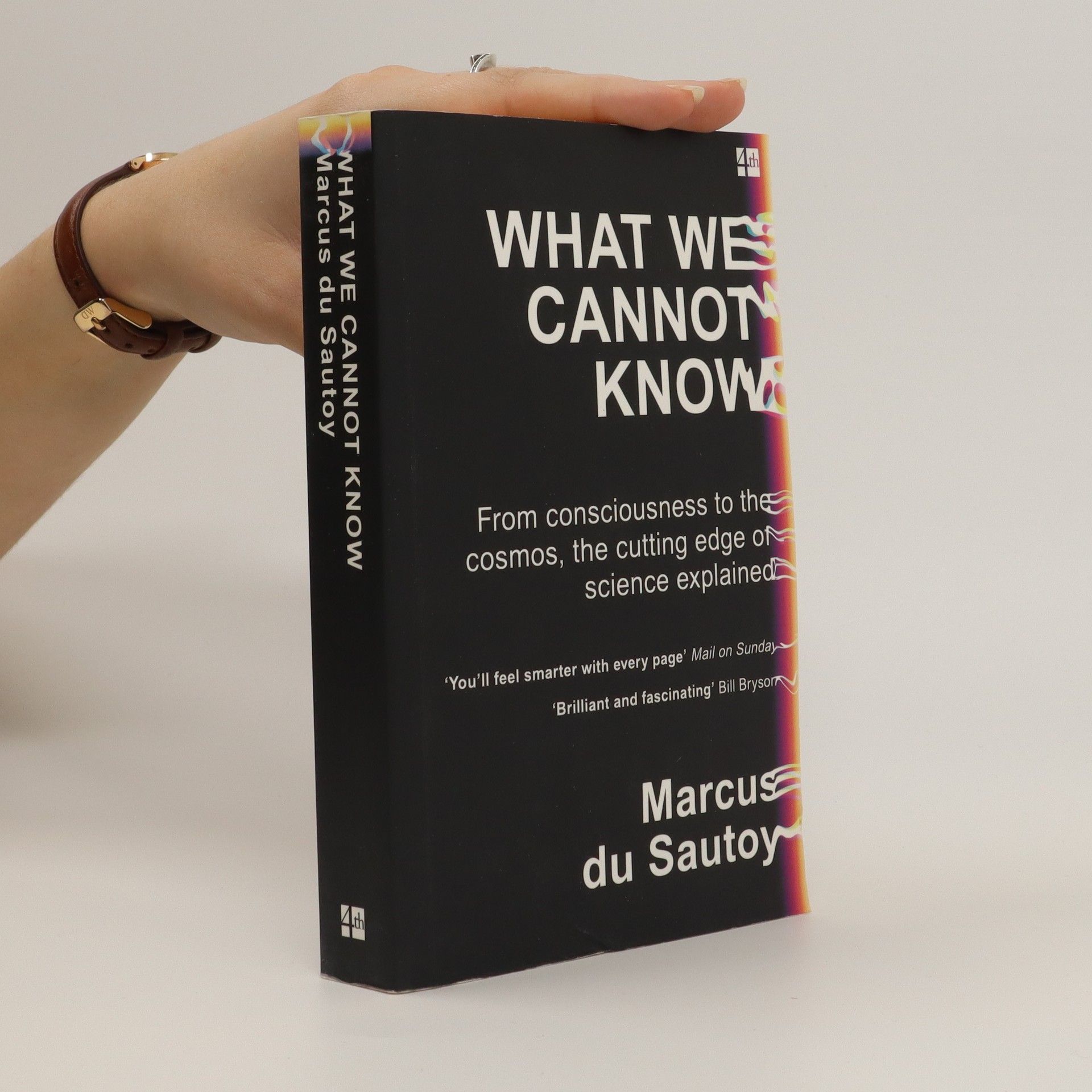What we cannot know. From consciousness to the cosmos, the cutting edge of science explained
- 320pages
- 12 heures de lecture
Brilliant and fascinating. No one is better at making the recondite accessible and exciting. Britain's most famous mathematician takes us to the edge of knowledge to explore what lies beyond our understanding. Is the universe infinite? What occurred before the Big Bang? Where is human consciousness located in the brain? Are there undiscovered particles beyond the Higgs boson? In a world where science dominates headlines with breakthroughs and once-inscrutable mathematical problems are solved, we must ask: are there limits to our discoveries about the physical universe? This personal journey delves into the boundaries of knowledge, as Marcus du Sautoy engages with leading experts in quantum physics, cosmology, sensory perception, and neuroscience. He navigates the complexities of current understanding, grappling with contradictory narratives and cutting-edge data. Will we ever know everything, or are there realms of research that will always elude human comprehension? If so, how do we reconcile our existence in a universe filled with mysteries? This thought-provoking expedition challenges us to consider the extent of our knowledge and whether there are indeed things we cannot know. Prepare to journey to the edge of knowledge and discover the limits of human understanding.

